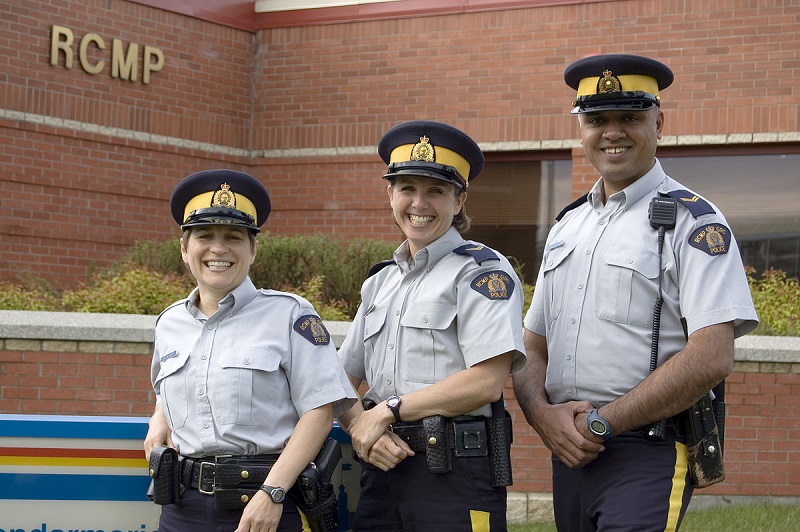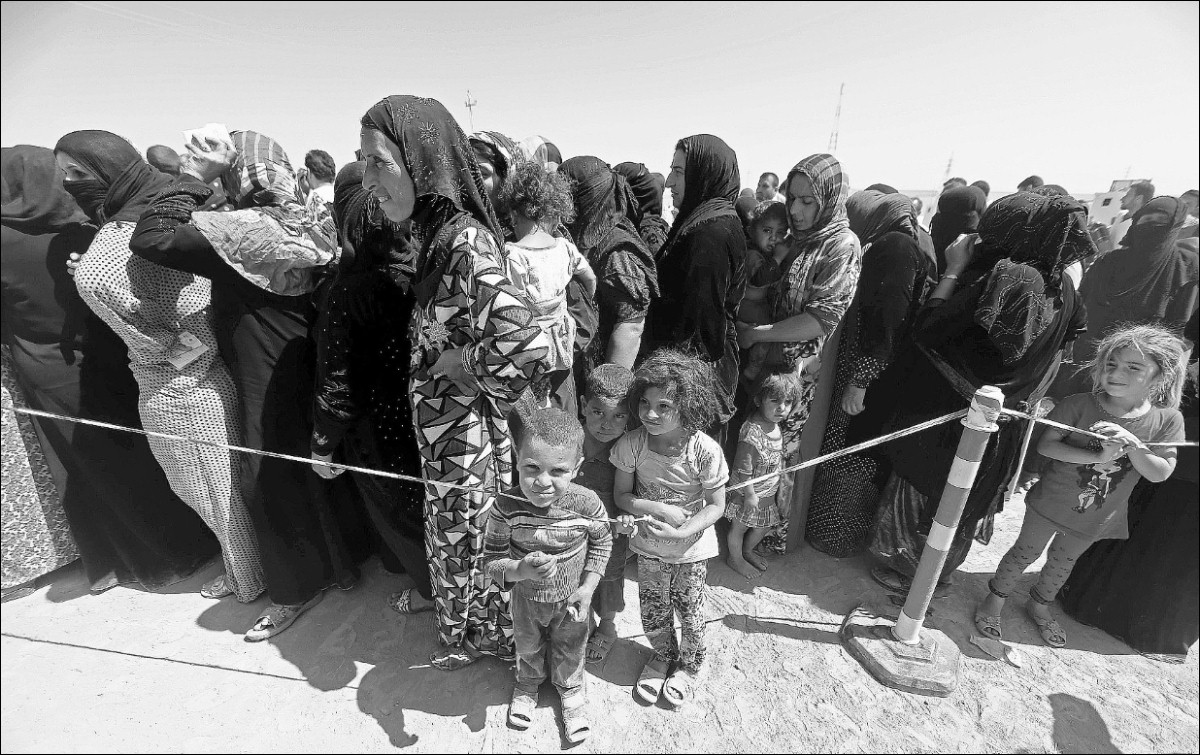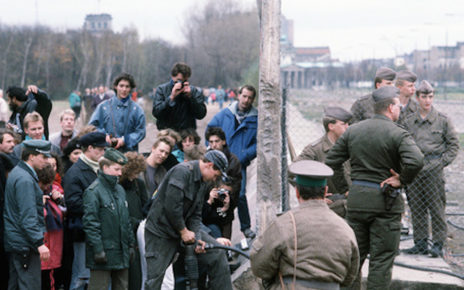Part three of a three part series on underrepresented groups in policing. Read parts one and two.
In 2000, a study was published in the Canadian Public Administration Journal on the topic of visible-minority and aboriginal police officers in various police services across the country. Specifically, it noted that the demographic composition of police did not reflect the communities that they served. By examining policies across thirteen police services, the study also identified strategies to make improvements. 16 years later, have these improvements been successfully implemented?
A recent CBC study suggests that Canadian police services today still leave much to be desired. In July of this year, CBC Investigates published an article comparing community demographics from the 2011 National Household Survey to employee demographics provided by respective law enforcement agencies. After calculating the discrepancy between officer and community demographics, the CBC found that across the country, Halifax was the only major city to have a police force equally diverse as its population. Furthermore, there were very high discrepancies between the RCMP and its constituent populations in the north, especially in Nunavut and the Northwest Territories.
The Peel Region police were also identified as having a high discrepancy between officer and community demographics, with 19 percent non-white officers in their force compared to a 57 percent diverse population. As well, police in Quebec were singled out as the least racially diverse in the country—Quebec City and Gatineau Police each only had just over 1 percent non-white officers, despite respectively having 5 percent and 12.7 percent diverse community populations.
As a previous Toronto Star editorial on the Peel Region police notes, a lack of representative police presents several problems. First, it can be significantly more difficult to create trust and effective communication between officers and the community, due to cultural and linguistic barriers. More practically, undercover work is harder to do as well, because officers struggle to blend in with a community that they don’t physically resemble. Finally, credibility and confidence in police are easily undermined when issues including racial profiling arise.
Responding to the CBC study, Toronto Police spokesperson Mark Pugash identified low turnover as the organization’s primary obstacle to creating a more representative police force. Specifically, he said that, “People who join tend to stay for 30 years, or in other cases 35 years or longer.” With rapidly changing demographics in the city, it can be difficult to ensure that police officers are reflective of the communities that they work in. Sociologist Akwasi Owusu-Bempah has also cited the lack of race-based data in our justice system as another impediment to truly understanding the “scope of discrimination.” In his view, the absence of data clearly showing disparities allows administrators and the public to pretend “no problems exist,” leading to no proactive action addressing what are in fact real problems.
In seeking solutions to improve police diversity, many suggestions of the 2000 study still hold true today, despite the fact that it has been 16 years since they were published. Regarding police recruitment, the study showed that many screening hurdles, including interviews and psychological tests, involved higher failure rates from visible minority applicants. Hence, it is vital to periodically review these tests to see if they are unreasonably discriminating against minority applicants.
Also, focus group discussions with aboriginal peoples led to several suggestions for better hiring practices. These include: having more community representatives to help in the recruiting process (especially on interview panels), screening applicants based on “attitudes to minorities,” expanding and strengthening mentorship and internship programs for minority and aboriginal youth, establishing formal and informal contacts within minority communities, and changing incorrect perceptions of requirements that deter minority group applicants (e.g. strenuous physical expectations discouraging minority group women).
As for promotional strategies, the study suggested more direct entry programs and faster promotions for qualified visible minorities and aboriginals as a means to ensure more diversity across all ranks of policing. In addition, it suggested reviewing arbitrary seniority criteria requiring a certain number of years served before eligibility for promotions, as minority officers were often recruited more recently and hence would not qualify. Lastly, the study emphasized the need for more research on the racial composition of panels used in decision-making processes, in order to determine if personal biases were affecting minority officer advancement at a systemic level.
When minority officer focus groups were consulted, they also highlighted social barriers to promotion that demand changes in policing culture—increasing acceptance and integration of minority officers. As well, they cited a lack of career development opportunities available to those outside of the “old boys’ network” of white officers, leaving unprivileged groups to fend for themselves.
In the last 16 years, some progress has been made with increasing visible-minority and Aboriginal officers in Canadian policing, especially compared to LGBTQ and female officer demographics. However, change certainly hasn’t come fast enough, despite more compelling reasons now than ever to ensure they are represented in policing.
Policing is an institution that personifies and enforces the values and morals of a nation in daily life. If Canada is truly the diverse, accepting, and democratic nation that we claim to be, then our police should also embody these values and be more representative of the population. Otherwise, we run the risk of only paying lip service to these values and opening ourselves up to accusations of hypocrisy on the international stage.
Photo: RCMP Officers at St Albert (2009), by City of St. Albert via Wikimedia Common. Licensed under CC 3.0.
Disclaimer: Any views or opinions expressed in articles are solely those of the authors and do not necessarily represent the views of the NATO Association of Canada.




